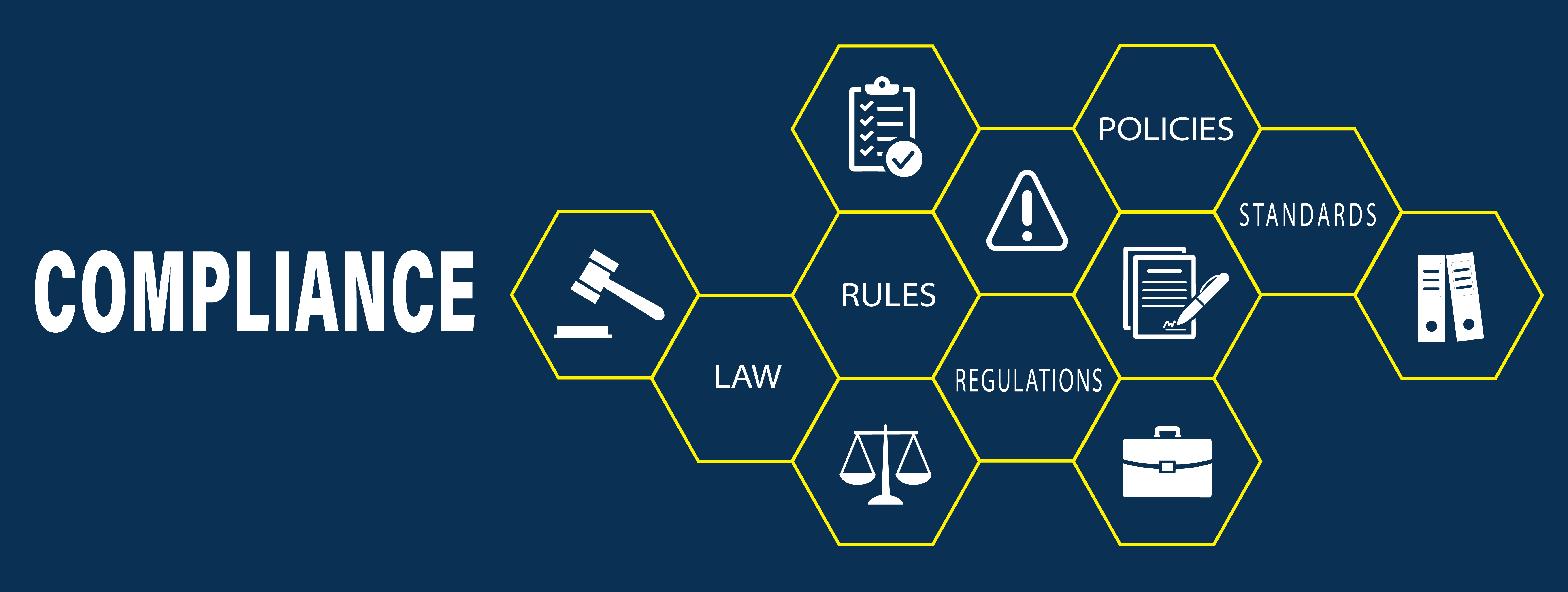New Pricing Comparison Tool
December 21, 2022
Beginning in 2023, the Consolidated Appropriations Act (CAA) and the Transparency in Coverage Final Rule (TiC Final Rule) require a new pricing comparison tool to be made available to assist plan participants in obtaining advanced cost estimates for 500 items and services based on a plan participant’s actual coverage. The tool will hopefully make it easier for plan participants to determine what certain medical services cost, and what the health plan will pay for those services, allowing them to become better buyers of health care services.
Plans Required to Comply
This pricing comparison tool requirement applies to health insurance carriers and most group health plans, including non-federal governmental plans (e.g., cities, public schools, etc.), multiemployer plans, and multiple employer plans. The requirements do not apply to account-based plans such as an HRA, nor to excepted benefits (e.g., stand-alone dental and vision plans, EAPs, etc.).
Price Comparison Tool Requirements
The rules require carriers and group health plans to develop and make available an internet-based, self-service tool for comparing the prices of medical items and services. The information must also be available in paper form upon request and via telephone. The tool must provide advanced cost estimates for 500 specific items and services for plan years beginning in 2023. The 500 items and services are set forth in Table I of the TiC Final Rule. Then for plan years beginning in 2024, these tools must provide advanced cost estimates for all covered items and services.
More specifically, the tool must permit plan participants to request a cost estimate based on the participant’s specific plan cost-sharing and accumulators (i.e., the deductible and out-of-pocket maximum) for items and services based on billing codes or a descriptive term. The tool is supposed to provide plan participants with cost-sharing information for any in-network provider(s), as well as an allowed amount or percentage for any out-of-network provider(s). In addition, the tool should disclose if coverage is subject to a prerequisite, and if an out-of-network provider might balance bill for uncovered amounts. The information must be accurate at the time the request is made.
Compliance Responsibility
As with many of the new transparency requirements, employers will need to rely on their carriers or third-party administrators (TPAs) to develop and make this tool available to plan participants. Employers should contact their carriers and vendors to ensure they are prepared to make this tool available as required.
- For fully insured plans, employers that enter into a written agreement with the carrier can then rely on the carrier for compliance, and the carrier will be held responsible if the tool is not made available as required.
- For self-funded group health plans, the tool may be provided by a third party on behalf of the plan, but the employer will be held liable for non-compliance, even if a written agreement is in place with the third party. There is some good faith relief for employers if the information provided by a third party (e.g., a TPA) is not delivered as required, unless the employer knew or reasonably should have known that the information provided was incomplete or inaccurate.
Summary
As we enter into 2023, this price comparison tool should be made available by carriers and TPAs upon plan renewal. Admittedly, this is one more thing that employers have some responsibility to confirm that carriers and TPAs are providing on behalf of the plan, but this tool is likely to be a welcome addition for plan participants, and the tool also pushes the industry toward broader health coverage and pricing transparency.
While every effort has been taken in compiling this information to ensure that its contents are totally accurate, neither the publisher nor the author can accept liability for any inaccuracies or changed circumstances of any information herein or for the consequences of any reliance placed upon it. This publication is distributed on the understanding that the publisher is not engaged in rendering legal, accounting or other professional advice or services. Readers should always seek professional advice before entering into any commitments.



